Nystagmus
Nystagmus
Treatment of Nystagmus or “Jiggling Eyes”

Actual email from a potential patient to Dr. Chynn: “Dear Dr. Chynn. I have suffered from nystagmus my entire life. I also have a lazy eye, and am very nearsighted and astigmatic, plus my right eye turns in. I was born with ocular albinism. I have seen about a dozen doctors over the course of my lifetime, both optometrists and ophthalmologists. Every doctor said ‘there is nothing that can be done to help you see better, you are just going to have to live with it.’ But I cannot live the life I want like this. I can’t drive a car. I can’t play sports. I feel very uncomfortable socially, and dating is a problem. I’m pretty smart, and have managed to get through high school, and am halfway through college. But don’t I deserve a good job, and a girlfriend, and eventually children? Can’t you help me have a ‘normal life’? The best vision I can get in glasses is only 20/80, which isn’t legal to drive a car, which limits my independence. Please, Dr. Chynn, can you help me? You’re my last hope!”
Jacob Carr, Takoma, WA, June, 2017
Discussion by Dr. Chynn about how he treated Jacob:
We had Jacob schedule a “Remote Second Opinion”, where he paid $500 by credit card, and he then called me on my cellphone using FaceTime (if he had an iPhone) or WhatsApp video (if he didn’t) so I could see the extent of his nystagmus & strabismus (eye turn) with my Fellow, or junior eye surgeon studying with me for 1 year to learn how to deal with these complex issues.
Jacob had a high-amplitude, rapid nystagmus in both eyes, and a right esotropia (eye turned in). He also had a prescription of -9.25 -3.25 x 180 in both eyes, which puts him in the extreme myopia + extreme astigmatism categories, with a visual acuity in each eye with glasses of 20/80 (without he could only “count fingers”). He also had moderate esotropia (eye turning in) of his right eye.
We performed a manifest refraction of both eyes and got him seeing 20/70 out of each eye, or 1 line better on the eye chart than with his current prescription, which was under-correcting his astigmatism. With his head turned, his nystagmus was less, and he also said when he was drunk it was less. So, I told him that I would probably be able to perform my non-cutting LASEK procedure on him without using the fixation ring. That’s a special instrument I designed that I can use to hold his eye in place if his nystagmus would be too bad under the laser, so the laser would treat the center of his cornea.
On the day of surgery, we gave Jacob Valium, FDA-approved dissociative anesthetic, and nitrous oxide (laughing gas) to calm Jacob down, because he was very nervous (partially because he had both never worn contacts before, nor had any prior surgery). I also told him to turn his head under the laser to put his eyes in the direction of gaze where his nystagmus was least (this is called the “null” position). By these methods, I was able to perform the non-cutting LASEK without using a fixation ring, and my J&J/AMO/VISX Star4 SR laser was able to track his eyes, since it captures a digital image of his eye at 60 Hz (60x/second), and uses iris tracking (other lasers sometimes use retinal tracking, which is impossible in nystagmus).
Immediately after surgery, Jacob was seeing 20/100 out of each eye without glasses, which was good. We told him to keep both eyes closed and sleep as much as possible over the next few days, so the skin of his eye that we removed would grow back. He came back to our clinic 1 week after surgery to have his bandage contact lens removed, by which time his vision had already improved to 20/80, which means he was already seeing as well as he did with glasses—without them!
We worked with his local eye MD, who saw him once a month, decreasing his steroid drop from 3x/day, to 2x/day, to 1x/day over 3 months, then he was off all his drops except artificial tears. We also worked with his local optometrist to give him contacts with a very mild prescription at 3 months postop, so he saw 20/50 with both eyes open. So, Jacob was able to accomplish his goal of independence by passing his driver’s license, and having a new, better life!
- Better acuity, often better than anything that can be accomplished in glasses or glasses.
- Better peripheral vision, leading to improved ability & confidence playing sports & driving.
- Better depth perception, which will help with things like sports & driving.
- Straighter eye(s) if you have crossed eyes.
- Slightly decreased amplitude or rapidity of your nystagmus in most cases.
- Improved confidence & self-esteem!
Our Videos
#1 Rated
LASEK, LASIK, PRK, SMILE Eye
Surgery Center in NYC
#1 Rated LASEK, LASIK, PRK, SMILE Eye Surgery Center in NYC
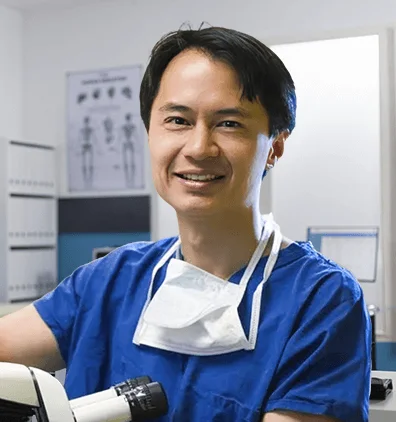

LASEK vs. LASIK
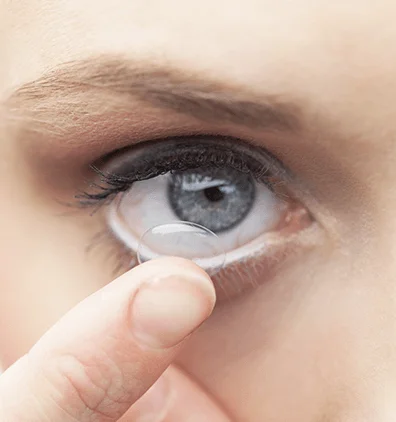

Ortho-K
Work while you sleep
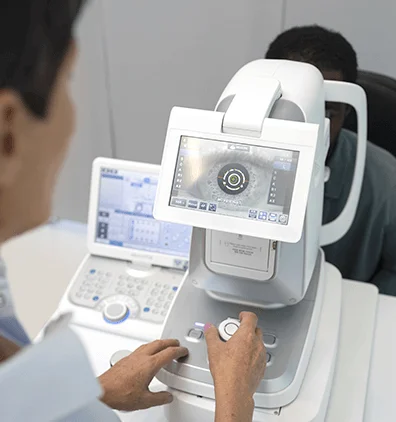

Cross-linking (CXL)
Keratoconus treatment
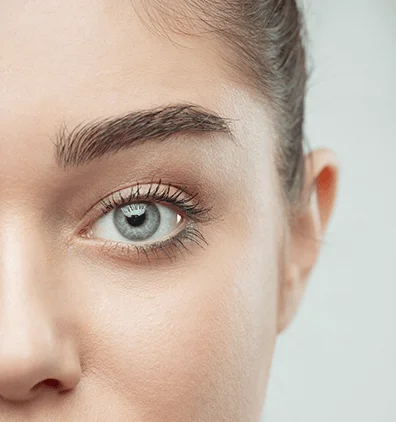

Eye Jewelry
Introducing the newest trend
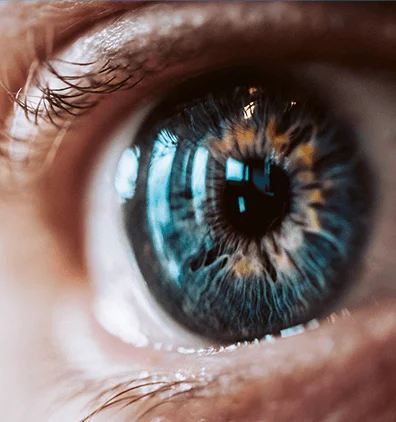

Corneal Tattoo
Ink to match your iris
(212) 741-8628



Get Directions to Park Avenue LASEK
102 E 25th St, New York, NY 10010


